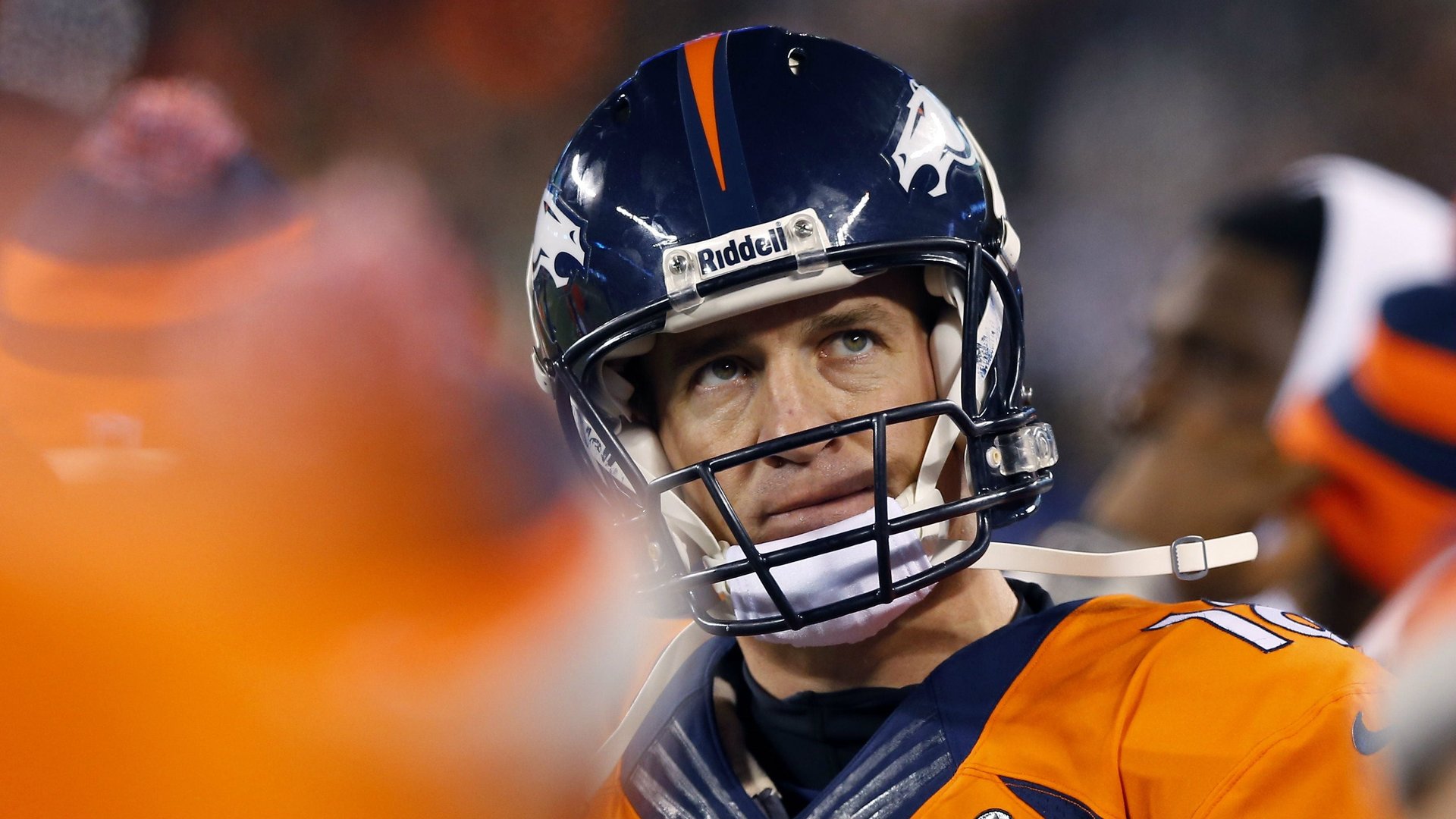Peyton Manning is backing an online sports network for millennials
Some fairly high profile investors have decided to tip money into Whistle Sports, a digitally native sports network that creates content designed for millennials.


Some fairly high profile investors have decided to tip money into Whistle Sports, a digitally native sports network that creates content designed for millennials.
They include Emil Capital Partners, an investment fund linked to a German conglomerate, Sky Sports, the dominant UK cable sports network controlled by Rupert Murdoch, and Liberty Global Ventures, the startup investment arm of Europe’s biggest cable company.
Star NFL star quarterback Peyton Manning and former New York Yankees shortstop Derek Jeter, who were both already investors in the business, also participated in the $28 million funding round, the company said in an emailed press release.
Whistle Sports creates and curates short sports-themed clips that it distributes on various social video platforms. It has 12 million subscribers on YouTube alone, where it blasts out content like this:
Once its presence on Facebook, Instagram, Twitter, Snapchat et al is taken into account, it claims to reach 50 million users a month.
The idea, founder Jeff Urban says, is to create content younger audiences want to see and can’t find on ESPN. ”When my kids were going to watch sports media on TV—highlights, recaps, or even a game—there was this pervasive focus on the scandal of the day, and it was swallowed up with ads for Viagra and alcohol, and violent movie trailers,” he told Fast Company in a recent interview.
Whistle lives entirely on external platforms. Back in 2012, the New York Times described the company’s approach as follows:
Five, 10 or 20 years ago, the Whistle’s founders would have begun with a cable TV channel, battled to persuade cable and satellite operators to carry it, then built new platforms as the digital world evolved. That might have cost them at least $50 million.
In a sense, this is similar to what Felix Salmon has described as “promiscuous media,” putting content where the audience is, without even worrying whether doing so generates referral traffic back to some mothership webpage.
Whistle Sports makes its money mainly through native ads, such as in-video brand integrations with the likes of Subaru and LG, and (like many content providers on YouTube) pre-roll advertising.
Jeter is already retired and Manning might soon follow suit after losing a big NFL playoff game on Sunday. But if Whistle Sports continues to grow rapidly, they might have at least one thing to keep them happy in retirement. “The content is great and it is clear that they’re growing quickly,” Manning said in the press release.